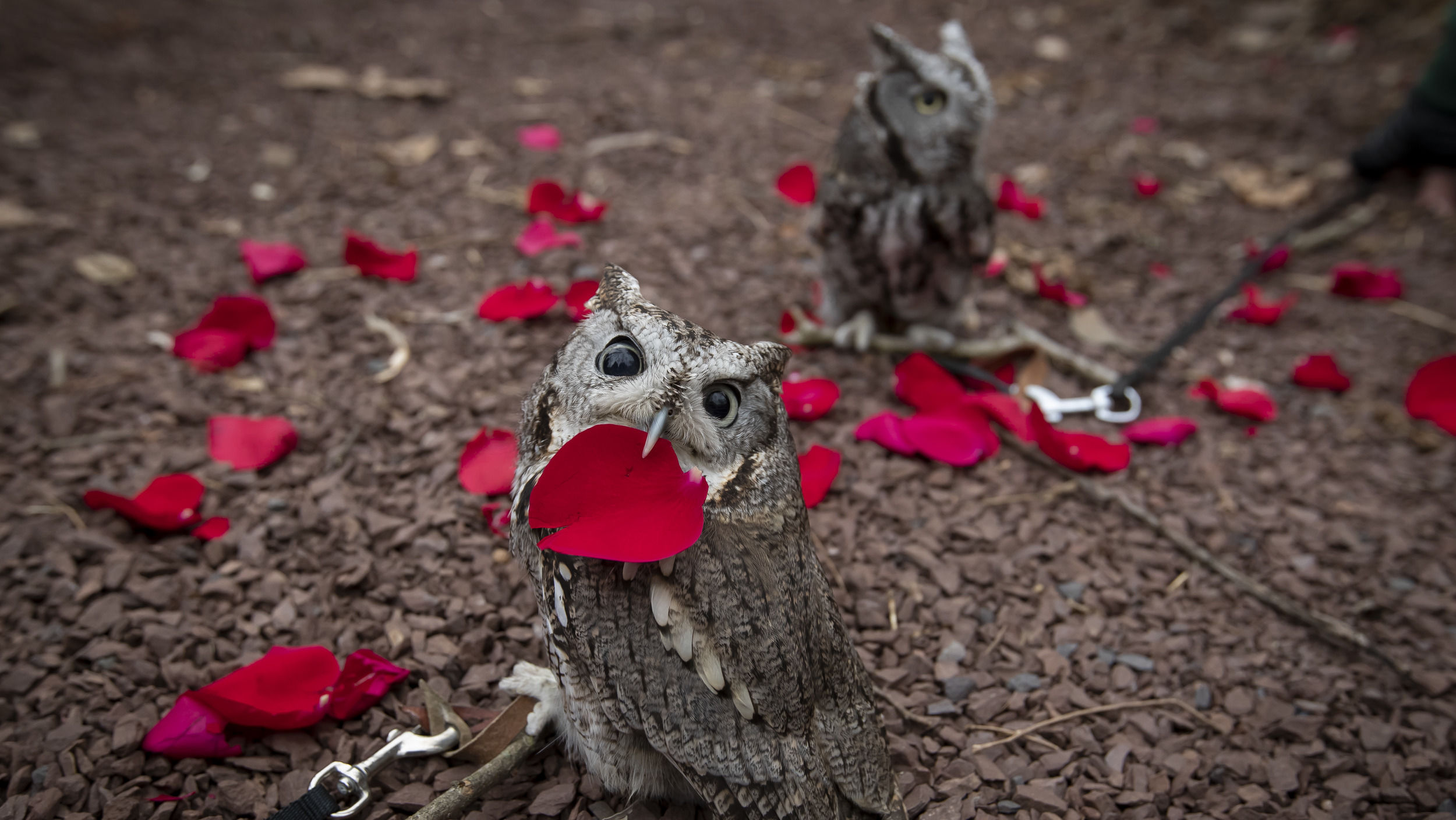International Owls make Valentine’s Day a global celebration
Temple students from Rome and Japan share stories about what makes Valentine’s Day special in their home countries.

Love is a universal language and Owls are fluent in it! We caught up with a few international students about the unique ways Valentine’s Day is celebrated on Temple’s global campuses.
Riccardo Pianese, Class of 2023, is from Rome, but the business management major is currently taking classes on Main Campus. He has found Valentine’s Day to be more commercialized in America compared to in Italy, where he believes the holiday is more of a genuine celebration between lovers.
“My ideal Valentine’s Day is just an excuse to go out with the person you’re with on a romantic date,” Pianese said. For Valentine’s Day last year he treated an American classmate studying at Temple University Rome to an authentic Italian date.
“I organized this whole thing,” Pianese said. “I built a charcuterie board, and I took her on a picnic to this aqueduct park we have in Rome. It’s like a big field with ancient aqueducts. Really, really on point, if I must say,” he laughed.

Riccardo Pianese, Class of 2023, is a business management major currently taking classes on Main Campus. (Photo courtesy of Riccardo Pianese)
Pianese said he’s always been aware of some of the differences between the way the holiday is celebrated in America versus in Italy, thanks in part to American media. “Most of the TV shows or films that we watch are American, so if you think of a moment when you saw someone celebrating Valentine’s Day on TV, it would be how Americans celebrate it,” he said. “So I know the idea of the little notes people pass out to their classmates,” Pianese added, although he said Italians don’t generally pass out Valentine’s cards the way Americans do.
Pianese experienced the holiday in America firsthand as a foreign exchange student attending high school in Massachusetts. His high school was decorated with Valentine’s-themed symbols, and activities and events were organized for the holiday. “That’s not really something we would do in Italy,” he said. “It’s not something that gets organized by a community.”
There was one familiarity about the Valentine’s Day Pianese experienced in Massachusetts: chocolate. A popular symbol of the holiday in Italy is Baci Perugina, which Pianese says is similar to Hershey’s Kisses.
“It’s a very popular kind of chocolate, especially for Valentine’s Day, because it is basically a fortune cookie but made of chocolate,” he said. “In the wrapper there’s a little romantic quote, because baci means kiss. So it means ‘Perugina kiss.’”
Miki Matsui, Class of 2023, is a communication studies major at Temple University, Japan Campus, and she’s noticed a similar trend in her country’s Valentine’s Day celebration.
“I think the general attitude toward Valentine’s Day in Japan would be ‘chocolate!’” Matsui said. “I even feel that people in Japan often consider Valentine’s Day to be a massive chocolate event.”

Miki Matsui, Class of 2023, is a communication studies major at Temple University, Japan Campus. (Photo courtesy of Miki Matsui)
Lisa Horiuchi, Class of 2023, is also a communication studies major at TUJ. After experiencing Valentine’s Day both in America and Japan, she’s found that the celebration in her native country has fewer distractions: “No roses. No cards. Just chocolate!”
Matsui and Horiuchi explained that Valentine’s Day in Japan is largely a day for women to give chocolate gifts to everyone from their friends and acquaintances, to crushes and romantic interests. Because of this, the type of chocolate given depends greatly on the relationship between the giver and recipient.
Chocolate given to a crush or partner is called honmei-choco, and Horiuchi said more effort goes into preparing these treats. She said it is common for Japanese women to melt chocolate into a different shape, or decorate it with toppings to make it extra special for their crush or special someone.

Lisa Horiuchi, Class of 2023, is a communication studies major at Temple University, Japan Campus. (Photo courtesy of Lisa Horiuchi)
Another type of chocolate is called giri-choco, which Matsui said means “obligation chocolate.” Horiuchi explained that this type of chocolate is given to men who a woman would not consider their crush. Giri-choco is typically store-bought and not decorated the same way honmei-choco is, she said.
A third type of chocolate given on Valentine’s Day in Japan is called tomo-choco, and Matsui says this popular type of chocolate is exchanged between girlfriends.
“Women often give handmade chocolate or even handmade other sweets to their friends on Valentine’s Day,” she said. “Honestly, I am not sure why or when this tomo-choco tradition started, but I feel it is still quite common.”
Perhaps the biggest difference between Valentine’s Day celebrations in Japan and America is that Japanese men have their own special holiday when they return the favor to the women who gave them Valentine’s Day gifts. This is called White Day, and it is celebrated on March 14.
“I think White Day is often considered a day for men to thank the women who gave chocolate to them on Valentine’s Day,” Matsui said. “There are no tomo-choco or giri-choco traditions for this day. I think it is not as big of a deal as Valentine’s Day.”


